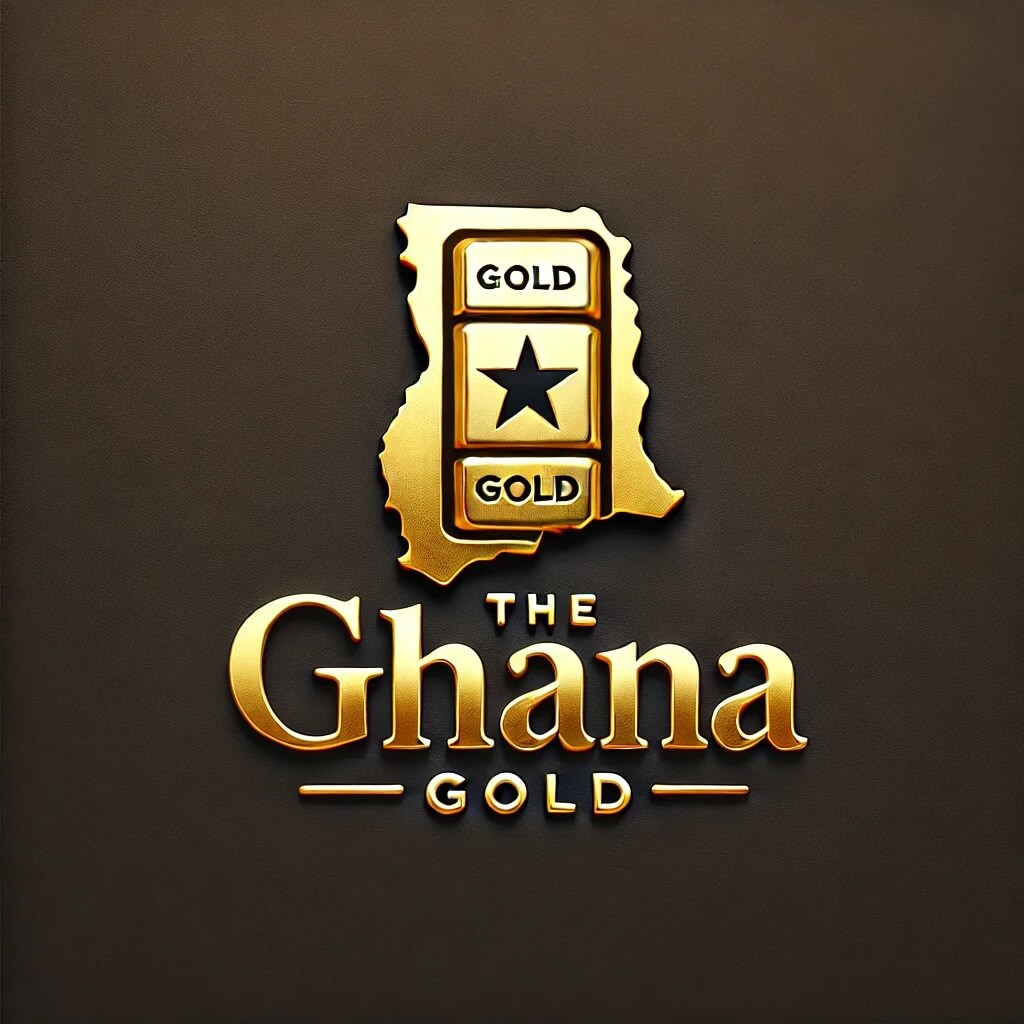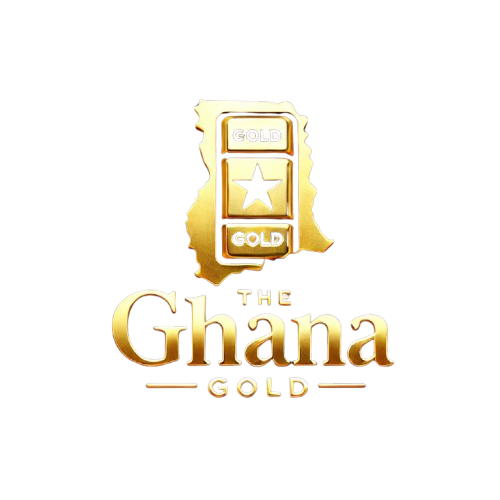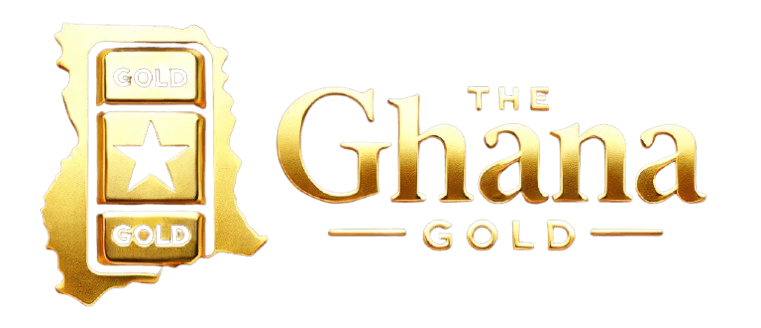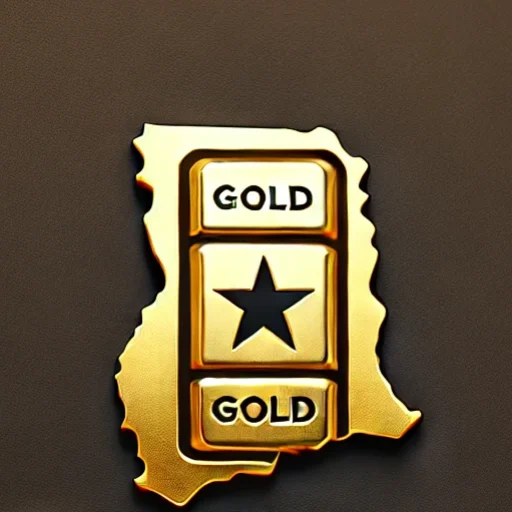Ghana’s land tenure system is dual: Customary (traditional) and Statutory (governmental).
Types of Land: #
- Customary Land (≈ 80% of land in Ghana)
- Controlled by stools (chiefs), families, clans, or communities.
- Investors must negotiate directly with landowners (chiefs or heads of families).
- State Land (≈ 20%)
- Vested in the government.
- Leases are issued by the Lands Commission on behalf of the state.
- Vested Land
- Held in trust by the government for traditional authorities.
- Requires dual negotiation with both the state and the customary custodians.
2. Surface Rights vs. Mineral Rights #
- Mineral rights are granted by the state (through the Minerals Commission).
- Surface rights must be negotiated with the landowner (customary or statutory).
- You cannot start physical mining operations until both rights are secured.
3. Steps for Acquiring Surface Rights #
a. Identify the Land and Its Custodian #
- Use land maps and visit the local community.
- Confirm ownership with the Lands Commission and traditional council.
b. Negotiate Access with Chiefs or Landowners #
- Chiefs act in trust for the people.
- Negotiate in good faith and provide clear information about your project.
c. Sign a Land Access Agreement #
- This outlines compensation, access rights, land use, and project timelines.
- Make sure the agreement is notarized and recorded with local authorities.
d. Compensation for Land Use #
- Based on:
- Land value
- Displacement or resettlement
- Economic trees or farms destroyed
- Rates are typically negotiated, but must meet legal guidelines set by the Lands Commission.
4. Community Development Agreement (CDA) #
For large-scale mining operations, the government may require a CDA, which outlines the social and economic benefits the mining company will provide to the host community.
Typical CDA Inclusions:
- Local employment quotas
- Construction of schools, roads, clinics
- Scholarship and skill development programs
- Royalty or revenue-sharing mechanisms
📝 Note: While small-scale miners may not be required to sign a CDA, building good relations with the community is essential for long-term success.
5. Key Local Stakeholders You Must Engage #
| Stakeholder | Role |
|---|---|
| Chiefs and Elders | Custodians of customary land, gatekeepers of community approval. |
| Youth Groups & Opinion Leaders | Can influence public sentiment and security of your project. |
| District Assembly | Local authority for permits, infrastructure, and social license. |
| Lands Commission | Confirms legal land status, assists with documentation. |
| Affected Families/Farmers | Directly impacted by land use; must be compensated. |
6. Legal Considerations #
- Always register land agreements with the Lands Commission.
- Obtain a no-objection letter from the community or chief if required by regulators.
- Comply with the Land Act 2020 (Act 1036) and the Minerals and Mining Act 2006 (Act 703).
- If a dispute arises, use the Alternative Dispute Resolution (ADR) process or seek arbitration.
7. Challenges and How to Navigate Them #
| Challenge | Solution |
|---|---|
| Disputed land ownership | Do thorough land search, involve Lands Commission. |
| Unreasonable compensation demands | Engage independent valuers and mediate through the Assembly. |
| Community mistrust | Start early engagement and keep communication open. |
| Land encroachment or illegal miners | Work with local authorities and provide community jobs to reduce tension. |
Conclusion #
You can’t mine gold in Ghana without land access and community cooperation. Even with a mining license in hand, ignoring surface rights and community engagement can result in project shutdowns, lawsuits, or worse. Investors should prioritize respectful negotiations, transparent agreements, and genuine investment in host communities to secure both legal and social licenses to operate.







